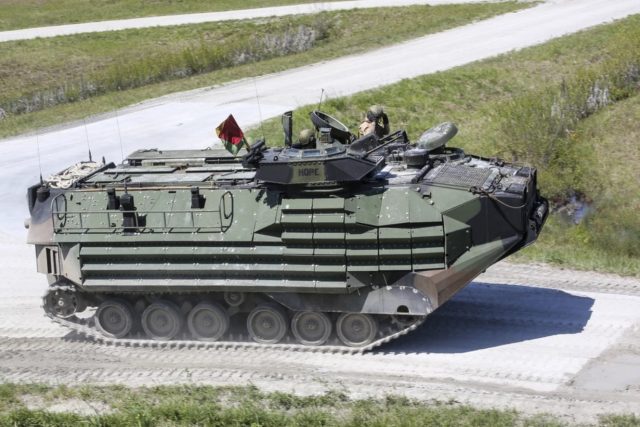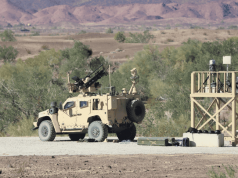The US State Department has approved a potential Foreign Military Sale to Romania, comprising sixteen Assault Amphibious Vehicles (AAVs) and related equipment.
The agreement between the two countries has an estimated cost of $120.5 million, as stated in the official notification released on July 27.
Romania seeks to purchase sixteen AAVs of the personnel variant (AAVP-7A1), three of the command variant (AAVC-7Al), and two of the recovery variant (AAVR-7Al). The request also includes sixteen 50 cal machine guns (heavy barrel) and five 7.62 mm M240B machine guns.
Romania’s request also includes MK-19 grenade launchers, M36E T1 thermal sighting systems, spare parts supply, support equipment, training, technical manuals, engineering support, and other related elements.
“This proposed sale will support the foreign policy and national security objectives of the United States by helping to improve the security of a NATO Ally which is an important force for political and economic stability in Europe. It is vital to the US national interest to assist Romania in developing and maintaining a strong and ready self-defense capability,” the US Defense Security Cooperation Agency said in a statement.
In March of this year, the US State Department also granted approval for Greece’s potential purchase of the same vehicles and related equipment, with an estimated cost of $268 million.
The planned purchase of AAVs involves units that were taken out of waterborne operations by the US Marine Corps due to the deadly sinking of an AAV near San Clemente Island in 2020.
The US Marine Corps is now replacing these over-40-year-old AAVs with new Amphibious Combat Vehicles (ACV), which will facilitate Marine transportation from ship to shore in the future.
Nonetheless, the AAVs will remain valuable assets, as the service states that 76 percent of their tasks are land-based and will continue to contribute to operations.



























